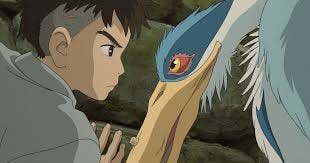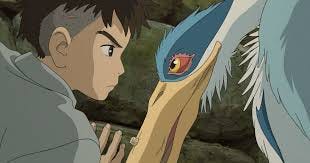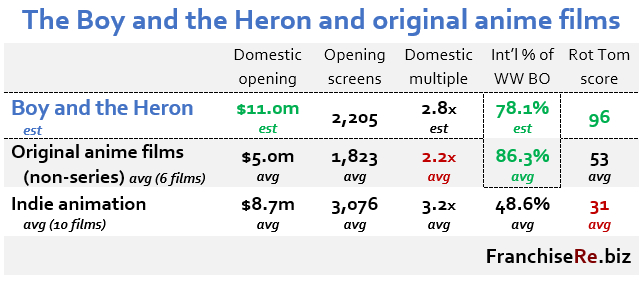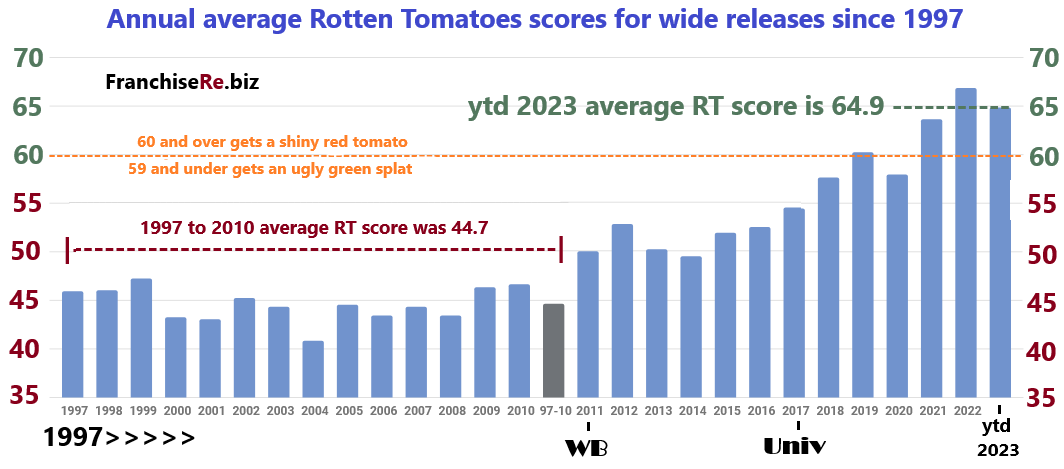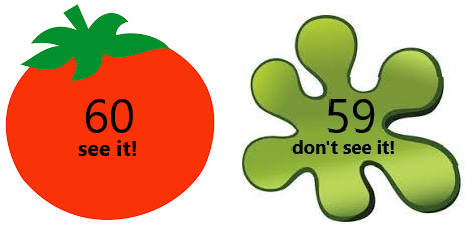THE BOY AND THE HERON opening | Rotten Tomatoes update | December 8 to 10, 2023 weekend
Opening weekend box office, charts and commentary
The current weekend: December 8 to 10, 2023
1) The Boy and the Heron opening
- This is an excellent domestic opening for an original anime release. Hayao Miyazaki has written 15 anime movies and directed 12 of them since 1979. Mr. Miyazaki founded the acclaimed Studio Ghibli in Japan in 1985, retired in 2013, and came out of retirement to write and direct this movie. Critics reviews and audience scores are outstanding.
Very few original anime films get a wide release in No. America; we count only six in the last 25 years. Most anime wide releases are manga action series. This opening is roughly double the average for the genre, and it’s above the broader average for all indie animation pics (all are Western productions):
Mr. Miyazaki has an enormous following in his home country, where The Boy and the Heron has made $56.2m. But audiences are also turning out in Korea ($14.7m), France ($11.1m), and Spain ($1.4m). Many critics believe this is Mr. Miyazaki’s crowning masterpiece. The 82 year-old writer/director is not finished yet — he’s working on his next film.
- Godzilla and Boy and the Heron are both doing terrifically well, but in the absence of a big Marvel sequel or new Disney animation, business continues down more than -25% compared with the pre-pandemic average. Next weekend, broad-appeal entertainment returns with Wonka.
2) Rotten Tomatoes update
- The average Rotten Tomatoes score for a wide release has risen from 44.7 between 1997 and 2010, to 66.9 in 2022. So far this year, the average score has pulled back slightly to 64.9. The improvement in the scores coincides with Warner Bros.’s acquisition of Rotten Tomatoes in 2011, and then Universal’s acquisition of a 75% majority stake in 2017.
When asked about the changing scores, Rotten Tomatoes has explained over the years that it's a result of a bigger, more diverse mix of critics. That doesn't make much sense to us, since one set of professional critics is not likely to be more positive than another set — not by this margin:
- Whatever the explanation for the scores, they’re better than they were. Rotten Tomatoes was founded in 1998 by three college students in the Bay Area. They had no experience with film criticism or the movie industry. Rotten Tomatoes caught on during the early years of the internet with its snarky attitude and numbers. For years, they gleefully trashed movies — you can see it above.
- Someone needed to step in and clean this up, after all, what’s the point of a review website with a negative bias? Warner Bros. and Universal took care of it. Going forward, we have three concerns:
Let's not go overboard. If Rotten Tomatoes rewards a score of 60 and up with a shiny red tomato, and a score of 59 and lower with an ugly green splat, then the average score should be as close to 60 as possible. The last three years have gotten bubbly;
Why celebrate and condemn movies with two simple labels in the first place? Is a 60-score movie good, and a 59-score movie bad? Of course not. Many movies fall into the middle ground between 40 and 59. They should be recognized differently;
Finally, many movies still carry those negatively-biased pre-2011 scores wherever they appear on viewing apps and websites. In 2004, 73.4% of wide releases got the ugly green splat. Those early scores are misleading to this day. Rotten Tomatoes should acknowledge the issue and those scores should be adjusted.
(Correction: Last week we estimated that Beyoncé’s new film would earn 50% of its box office overseas. That estimate was based on an incorrect industry number. The international estimate should have been approx. 20%. Our fault — apologies.)


